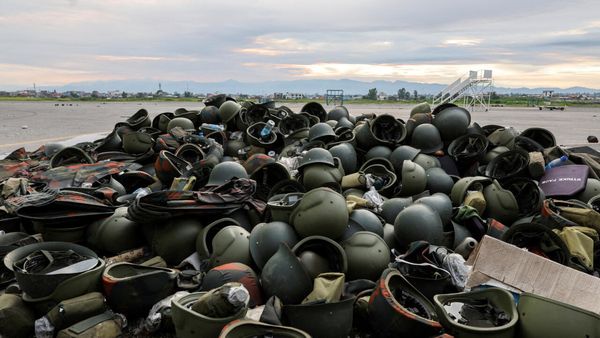
Firefighters arrived on the scene in a fire boat just seven minutes after receiving the alert about the midair collision between a military Black Hawk helicopter and an American Airlines jet. The general president of the International Association of Fire Fighters described the challenging conditions faced by the responders. The swift current in the river, jet fuel contamination, debris, and ice made the rescue attempt difficult and risky.
Close to 50 divers were involved in responding to the incident, highlighting the scale of the operation. A civilian dinner boat that had broken the ice in the Potomac River the day before played a crucial role in enabling smaller boats to reach the crash site.



Tragically, officials have recovered 28 bodies from the collision site and believe there are no survivors. The operation has now transitioned from a rescue to a recovery mission, with a focus on safety. Responders are taking a methodical approach and avoiding dangerous night dives to ensure their well-being.
The presence of hazardous materials in the water poses additional challenges for the recovery mission. The contamination is affecting the dive suits of responders, with some suits being compromised during the search efforts. Despite these obstacles, the relatively shallow depth of the water, around eight feet in some areas, allows divers to stay submerged for longer periods.







